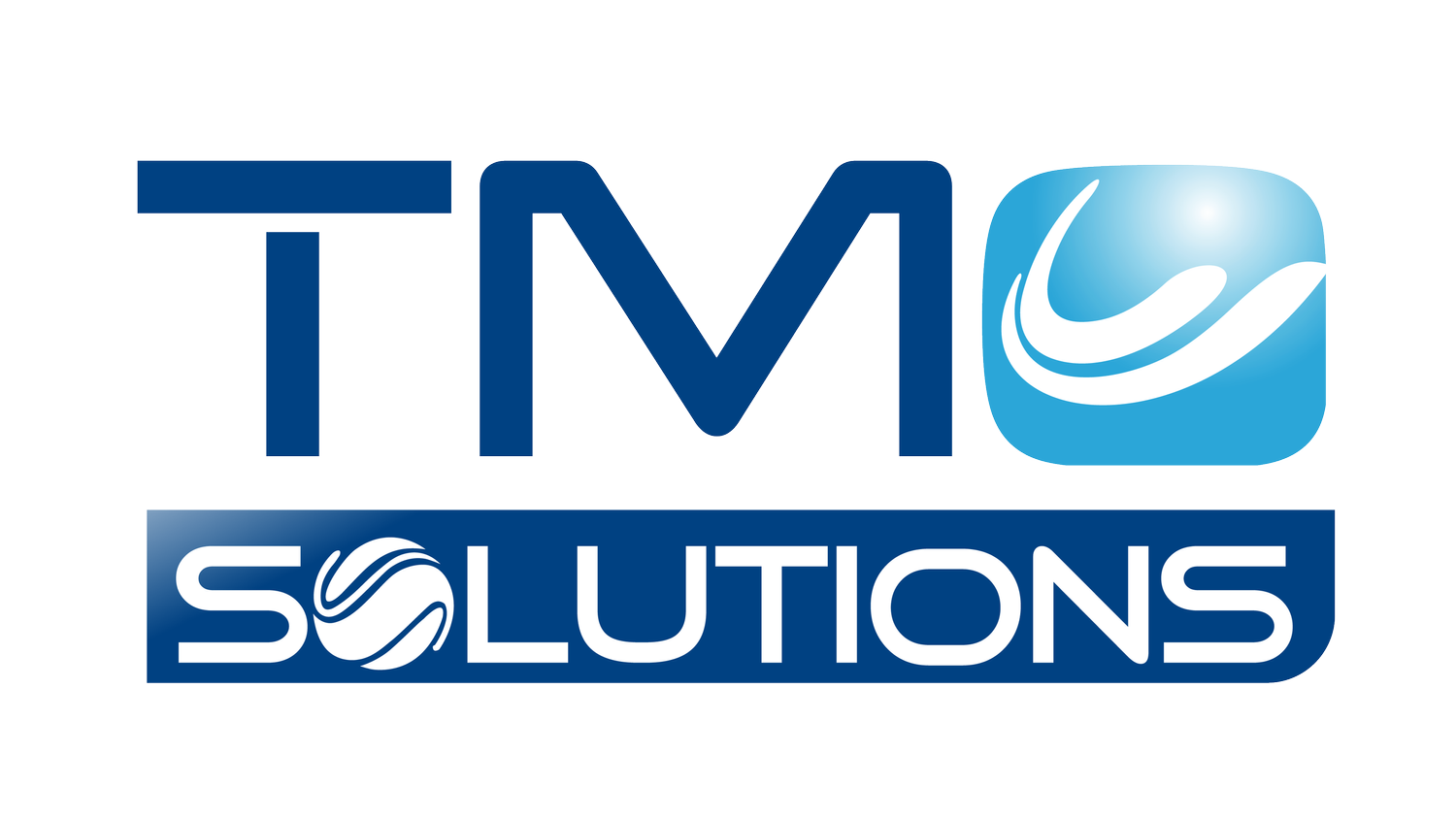Safety Measures and Best Practices for Operating HSRS1000
Safety is of utmost importance when operating high-performance shock testing equipment such as the HSRS1000. This article provides a detailed outline of essential safety measures and operational best practices that are crucial for ensuring smooth, reliable, and risk-free testing processes. By adhering to these guidelines, users can significantly minimize potential hazards and enhance overall testing efficiency.
Key Safety Measures
Operator Safety
Maintain a safe distance of at least two meters during operation.
Use noise control equipment such as helmets or earplugs to minimize noise exposure.
Equipment Safety
Regularly inspect hoses, cables, and bolts for wear and tear.
Ensure proper grounding and secure connections of all electrical components.
Specimen Safety
Use protective covers for fragile or pressurized specimens to avoid potential hazards.
Best Practices for Maintenance
Routine Cleaning:
Clean the machine's surface with a soft, dry cloth to prevent damage to critical components.
Guide Column Lubrication:
Regular lubrication ensures maximum impulse shocks and minimizes wear.
Bolt Tightness:
Check and tighten bolts weekly to prevent operational failures.
Why Safety Matters
A well-maintained HSRS1000 not only ensures highly accurate test results but also significantly extends the overall lifespan of the machine. By diligently following established safety protocols and guidelines, manufacturers can effectively avoid costly downtimes and maximize operational efficiency, ultimately leading to enhanced productivity and reliability in their testing processes.
Contact Us
Have questions about maintaining or operating the HSRS1000 shock test system? Our knowledgeable team at TMC Solutions is here to provide assistance and guidance. Please feel free to reach out to us today to learn more about our services and how we can support you in ensuring optimal performance.

